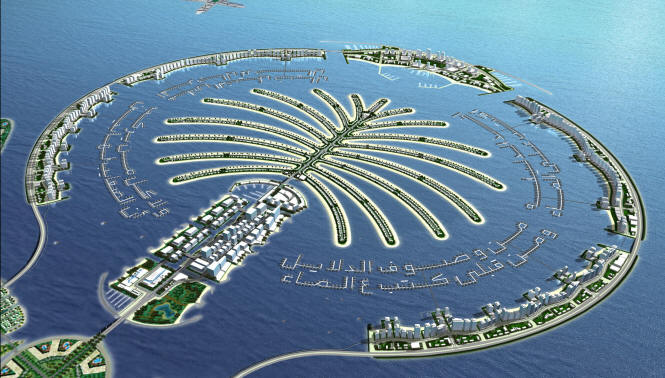ABU DHABI


Abu Dhabi is the capital of UAE and the largest of the seven emirates of the United Arab Emirates. The emirate, which holds 70% of the country's wealth, is also the largest of the former Trucial States. During the 20th century, Abu Dhabi's economic flow was mainly from camel herding, production of dates and vegetables, fishing and pearl diving off the coast of the city. Pearl export was the largest source of income of the city until oil was founded in 1958. After the emirates gained independence in 1971, oil became the main source of income and with this, it grew rapidly and emerged into an oil-producing city. His Highness Sheikh Khalifa bin Zayed Al Nahayan is the hereditary ruler of Abu Dhabi, and the current president of the United Arab Emirates.
Area & Location: Lies on the Persian Gulf regions, Abu Dhabi borders the emirate of Dubai to its north. Located at 24.4667° Latitude North and 54.3667° Longitude East, the city covers a total area of 67,000 sq. km. The city is located on a T-shaped island. It is home to 1,850,230 people, majority of them are expatriate workers and professionals from India, Pakistan, Egypt, Philippines and UK.
Tourist Attractions: Abu Dhabi, which is marvelously maintained and well-built with many high raising buildings is a popular tourist destination.
Transportation: Abu Dhabi International Airport is the prime access to the city.
Places of Attraction:The numerous high rising buildings in the city itself are a piece of attraction to the tourists. Al-Hosn Palace-the oldest building in the city is its major landmark. Horse and camel rides through the city delights those visiting here. Desert Safaris gives the people the real taste of the city. Abu Dhabi is a modern greenish city with plenty of gardens and parks and fountains. Corniche a 6-km long road, which has several gardens along its sides, is an amazing sight. Liwa Oasis, Rub Al Khali, Jebel Hafit Mountains, Ain AL Fayda Resort, Hili Gardens, Al Ain Museum, and Qattarah Oasis are other interesting points in the city meant to view and learn.
Sharjah


As the third largest emirate of UAE, Sharjah covers an approximate land area of 2,600 square kilometers. The landscape of Sharjah is dominated by sandy deserts and mountains. Sharjah is the only emirate having land both on Indian Ocean as well as the Arabian Sea. The main provinces of Sharjah are the Batinah in the east coast. Hisn Dibba, Khor Fakkan and Kalba are other provinces. The orientations of the towns in Sharjah are mainly along the east coast.
The southern most tip of UAE lies in the Indian Ocean and is referred to as Khor Kalba. Rich mangrove vegetation fringes the coastline. The mangrove forest has been demarcated as a Nature Reserve and is a home to several endangered species. The gravel plains stretch along the coastal borders along the foot hills. The spectacular Hajar mountain range rises 2,500 feet above the sea level. Innumerable wadis, which are dried up river valleys, intersect the mountains.Khorfakkan, Kalba, Al Dhai and Dibba al Hisn are important towns located in the east coast of Sharjah.
Dubai


City and emirate in the United Arab Emirates, capital of Dubai Emirate. The city has a population of 1.35 million, the emirate of 1.4 million (2005 estimate).![]() Dubai is situated at the Persian Gulf and is divided into two parts by the Dubai Creek. Dubai proper lies on the western side; the part on the eastern side is called Dayra.
Dubai is situated at the Persian Gulf and is divided into two parts by the Dubai Creek. Dubai proper lies on the western side; the part on the eastern side is called Dayra.![]() The economic base of Dubai is petroleum exports, port activities and international trade. The traditional occupations of pearl diving, fishing and camel breeding have lost most of their importance now.
The economic base of Dubai is petroleum exports, port activities and international trade. The traditional occupations of pearl diving, fishing and camel breeding have lost most of their importance now.![]() Dubai is called the "Venice of the Gulf", its buildings being new and impressive, and set in between canals on the sea.
Dubai is called the "Venice of the Gulf", its buildings being new and impressive, and set in between canals on the sea.
0 comments:
Post a Comment